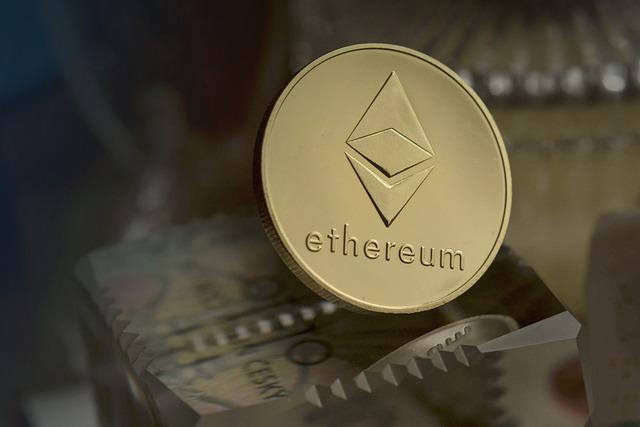Since its launch in 2013, Ethereum has been attracting a lot of attention, enabling it to consolidate its leadership position in the blockchain space. Currently it is the basis to tens of thousands of different crypto-related projects, giving it the potential to reshape the industry of digital assets substantially. Innovations such as smart contracts, decentralized applications, and DeFi - to name just a few - are all reliant or inspired by Ethereum in one way or another.
Being as dominant as it is in the crypto environment, it is especially important for beginner traders to understand what Ethereum is all about. Is this the right instrument for you to invest in? Let’s take a look at some of its key characteristics, so you can better determine.

What is Ethereum?
Ethereum is a decentralized and open-source blockchain, designed by programmer Vtalik Buterin 9 years ago. Thanks to its structure, it facilitates many well-known decentralized applications, with NFTs being one of the most talked-about in recent months.
This is the birthplace of numerous projects in the crypto space, including Uniswap, The Sandbox, Chainlink, and Opensea. Developers rely on the tech of Ethereum, thus they don’t need to design a new blockchain from scratch. Instead, they can write and run the code on the Ethereum blockchain, in exchange for a fee.
Ether (ETH) is the digital token that helps this ecosystem function. It is a form of payment for network participants to execute their operations on the Ethereum blockchain. The phrase Ethereum trading is common among crypto enthusiasts, but it actually refers to Ether, as the blockchain itself cannot be traded.
Ether has a floating value that’s influenced by changes in demand/supply. High volatility creates an attractive environment for trading or investing, though this does not mean that this environment is risk-free - quite the contrary, actually. At the time of writing, the market capitalization of ETH is above $324 billion, exceeded only by Bitcoin.
Smart contracts and Dapps
One of the most noted programs that operate on the Ethereum blockchain is smart contracts. These are self-executing contracts, with terms of agreement between buyers and sellers directly written into lines of code. That basically means that the process of exchanging is put on autopilot, and there is no need for a middle man.
To better understand how important decentralization is, take a look at your phone. You are probably accustomed to using apps on your smartphone. Those are centralized, functional by using hardware resources on a single device. Ethereum, on the other hand, enables the use of decentralized applications, or Dapps, that run on a network of computers. In doing so, there is not a single entity with authority over the app. Gaming, finance, and social media are some sectors where Dapps are currently being used to ensure that not one of the “participants” has control over how these apps operate.
Ethereum 2.0
Various improvements to the Ethereum blockchain have been implemented over the years, and one of the most important ones as of late is Ethereum 2.0. Aiming to enhance speed, efficiency, and scalability, it marks a key turning point for the whole blockchain.
The transition from Proof-of-Work to Proof-of-Stake reduces energy consumption, while also supporting the ETH price. The number of transactions that can be processed per second can reach up to 100,000. With all these benefits, the Ethereum foundation hopes to meet the demands of the crypto community and consolidate the competitive edge of the blockchain.
Add new comment